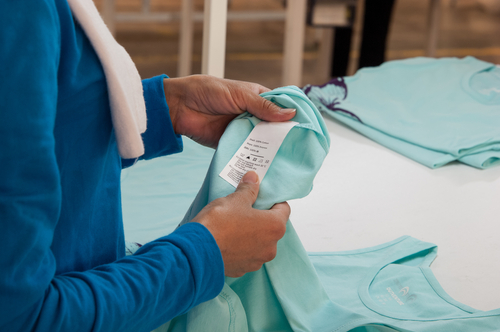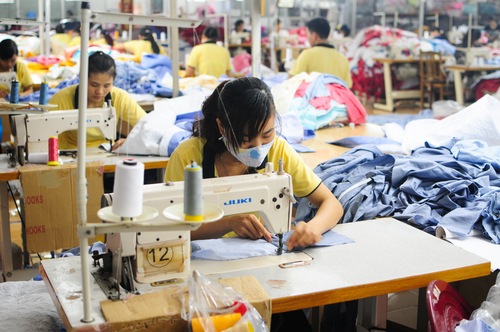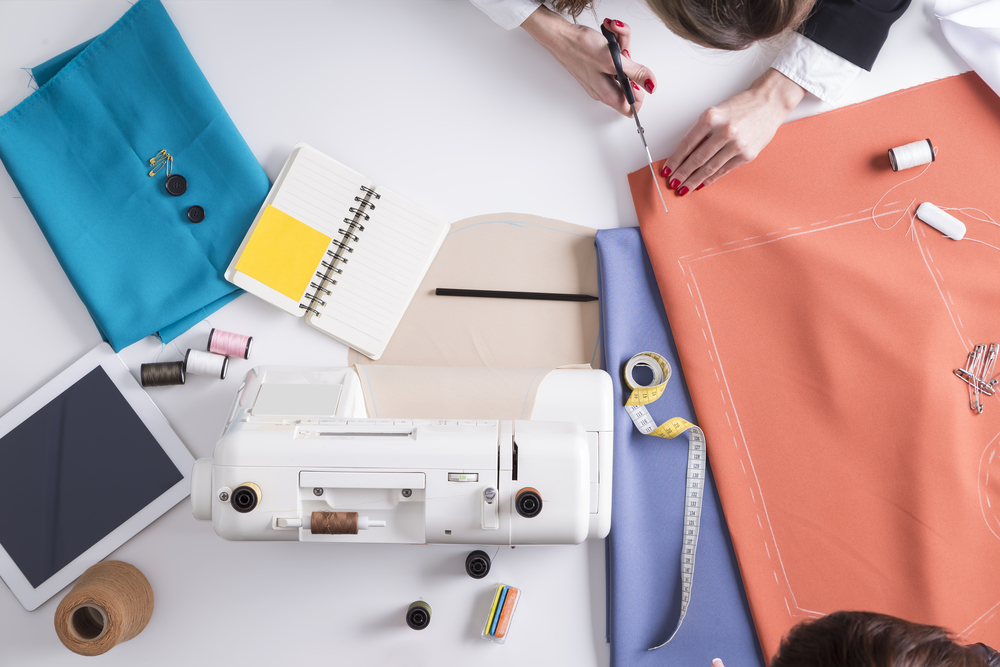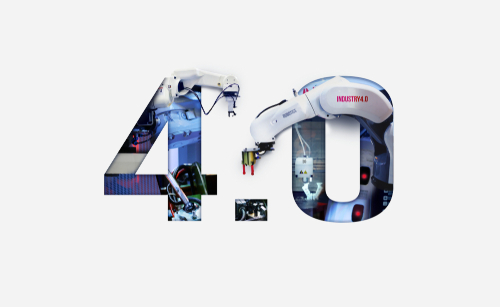Finding the right balance between outsourcing aspects of your production to workshops you can trust and maintaining certain levels of control over your product is often the crux for anyone entering the fashion and garment-design industry.
Garment Sourcing Options
There are three basic ways to create this balance: finished product sourcing, in-house production, and CMT purchasing.
Finished product sourcing, or full package programs (FPP), are when you focus solely on developing the styles and specifications of a product. The rest of the work—sourcing materials, developing patterns, making samples, manufacturing—is contracted out to an intermediary, who will utilize their established supply chain and often divide the work between a number of factories.
FPP contractors are incredibly popular in much of Asia: especially Hong Kong and China. However,if you want your company to operate lean, then spending extra money on a middleman might not be the best way to go, especially as you lose a great deal of control over the product.
In-house production is when you make a direct order with the factory, skipping the middleman. Though this can cut costs, it also opens you up to a rash of quality issues, as the workshop is often the weakest part of your supply-chain network. The issue that arises when trying to turn a profit at the manufacturing level, is that the workshops—the vast majority of which have the same organizational structure—will cut corners on quality, as well as possibly engage in unethical work environment practices.
With CMT purchasing, you decided which aspects of production you want to keep under your control, and which ones you’ll want to outsource. Often designers will choose to keep the development of new styles and the sourcing of materials under their control. They outsource more labor-intensive aspects of production, such as cutting, making, and trimming, as well as final quality control (QC) and packaging.
The Benefits of CMT in the Apparel Industry
For entrepreneurs, CMT is often the preferred form of sourcing garments, as it strikes a balance between cost and control.
To lay it out simply, there are certain aspects of the process that you want to have more control over. Creating patterns and samples is critical for getting orders straight and can be done with a small sampling room and a couple good employees.
Fabric purchasing is also often done in-house, as doing so allows you to ensure quality before it’s sent to be cut. Furthermore, purchasing fabric is the most important expense you’ll face. Therefore, doing consumption calculations based on your patterns and purchasing the necessary fabric allows you to trim off costs that middlemen or even the manufacturer would normally pocket.
The steps that are most often outsourced are the cut, make, and trim. However, there can be some huge advantages to keeping the “cut” in-house if you have the resources to do so. The primary reason (outside of QC) for keeping cutting in-house is that investing in automatic cutting equipment can increase your cutting efficiency, significantly lowering costs.
Almost without exception, there are certain parts of the process that you’ll want to subcontract under CMT terms. Namely, the making and trimming, which will usually include a final round of QC and packaging.
What is CMT in Garment Costing?
A number of factors will impact the costs of your final product.
If you’re creating a CMT supply chain, where you will be handling certain aspects of production in-house, you will need to have a better understanding of each of the costs you’ll face, rather than paying a lump sum for FPP.
Basically, your costs for production are:
● Fabric
● Trims
● Cutting and trim alterations
● Value-added services: applique, printing, embroidery
● QC services
● Shipping costs
Usually, the price for fabric will comprise 60-70 percent of the cost of producing standard types of garments, which is another reason that it’s important to ensure the quality of the fabric before it gets cut.

Finding the Right Workshop for CMT Work
Finding the right workshop for the tasks that you are outsourcing is absolutely essential. The wrong shop can leave you with entire shipments of worthless garments made out of expensive fabric and clients impatiently waiting for final results.
Traditionally, secretiveness has shrouded the garment sourcing industry, as a designer’s manufacturer was viewed as a competitive advantage. However, a number of directories have come online in an attempt to disrupt the market. For example, there is Maker’s Row, which can provide a variety of garment manufacturing services, all under the “Made in America” slogan—if that’s important to your brand.
Sqetch, Bryden Apparel, Siobahn, and the Council of Textile and Fashion can also be sources for identifying manufactures you might want to work with. Though much of this process can be established entirely online, it’s hard to beat getting to go to a country in-person and establishing a face-to-face relationship with any potential manufacturers. Not only does this allow you to sample quality, but it also helps give you a better idea of the manufacturer’s ethics.
Social responsibility has become increasingly important within the apparel industry in recent years. Tragic cases of labor exploitation and human rights issues associated with major apparel companies have been a source of increased customer awarenesses as to the ethical sourcing of garments.
For example, according to The Economist, in 2013, Bangladesh's clothing industry had 5,000 factories, compared with 2,500 in Indonesia and 2,000 in Vietnam. However, many of these factories provide unethical working conditions that led to the deaths of employees, such as when the Rana Plaza clothing factory collapsed, killing at least 1,100 people.
Ensuring that your company is operating in an ethical way that supports your brand can be tough, which is another reasons that a quality management platform, such as that provided by Bureau Veritas (BV), is so helpful. Recognized and accredited by major national and international organizations, BV can ensure not only the quality of the work being done at all stages of your sourcing process—in addition to ensuring that the sourcing is being done ethically.
Final Thoughts: What Does CMT Mean in Garment Sourcing?
If you’re an entrepreneur or designer ready to move beyond hand-making items, CMT allows you to maintain a high-level of control of your production process to ensure quality, while also allowing you to scale up.
By outsourcing certain aspects of manufacturing, such as cutting, making, and trimming, you can benefit significantly by cutting your production costs. Know that cutting costs does not require the quality of your product to drop or for your company to support unethical business practices. These issues can be avoided by either establishing personal connections with manufacturers or by relying on companies that specialise in testing, inspection, and certification, such as BV.









